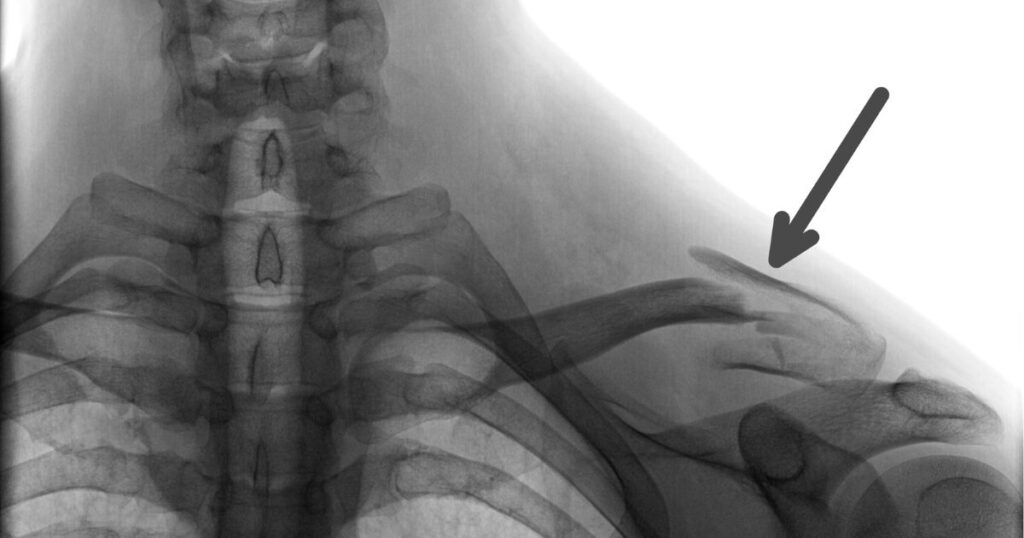The Dangerous Realities of Onewheel Nosedive and Pushback Accidents
Since hitting the market, the Onewheel transportation device has caused severe injuries to unsuspecting riders. It is believed that the product may contain a dangerous defect that causes it to lose power and nosedive, violently throwing its rider to the ground. Individuals who have been hurt in Onewheel accidents are strongly encouraged to seek legal representation.
At Bailey Cowan Heckaman PLLC, we continue to review Onewheel injury claims. To date, we have filed several lawsuits against the manufacturer Future Motion, Inc. for design, manufacturing, and marketing defects. Additionally, we allege that the company failed to adequately warn customers and downplayed the potential risk of injury or death associated with using the device.
If you were injured while riding a Onewheel, contact our office at (713) 360-2426 for a free consultation.
According to our firm’s research from individuals who have suffered Onewheel injuries:
Types of Broken Bones
A broken collarbone (clavicle) is the most common type of broken bone in a Onewheel accident. While the data is preliminary, it may be the speed and force of the sudden nosedive that causes this kind of broken bone compared to others. Skateboard injuries, for instance, are more likely to involve broken wrists.
Other types of commonly broken bones in Onewheel accidents:
- Arm
- Elbow
- Hip
- Wrist
In addition to broken bones, Onewheel injuries may include traumatic brain injuries, friction burns, dislocated shoulders, and may result in death. At least three people have been killed in Onewheel accidents. At BCH we continue to fight for those who have been injured or lost a loved one in Onewheel accidents nationwide.
Weather and Ground Conditions
It is important to note that the overwhelming majority of Onewheel injury cases occur on flat ground when there is clear weather. The data shows that it is likely the product itself and not the weather or ground conditions that make it dangerous.
Protective Gear
While protective gear such as wrist guards, helmets, knee pads, and elbow pads are strongly recommended, they may not prevent serious injury. Research shows that some Onewheel injuries were sustained despite the fact that the rider was using protective gear.
Severity of Injuries
The Onewheel self-balancing transportation device can cause serious, life-threatening injuries. Information gathered from Onewheel accident victims shows that in the vast majority of cases surgery was required to treat the injury.
What to Do If You Are Injured in a Onewheel Accident
If you are injured in a Onewheel accident, you deserve answers. The product has caused significant harm to riders across the country. Lawsuits filed by Bailey Cowan Heckaman PLLC allege that the device contains a dangerous and deadly defect. It is believed that this defect results in the Onewheel abruptly losing power and plunging the rider into a nosedive.
The force of the motion has resulted in numerous injuries and has proved fatal in some cases. If you were hurt while riding a Onewheel, contact our office at (713) 360-2426 for a free, no-obligation consultation. We continue to file personal injury and wrongful death lawsuits against Onewheel manufacturer Future Motion, Inc.

